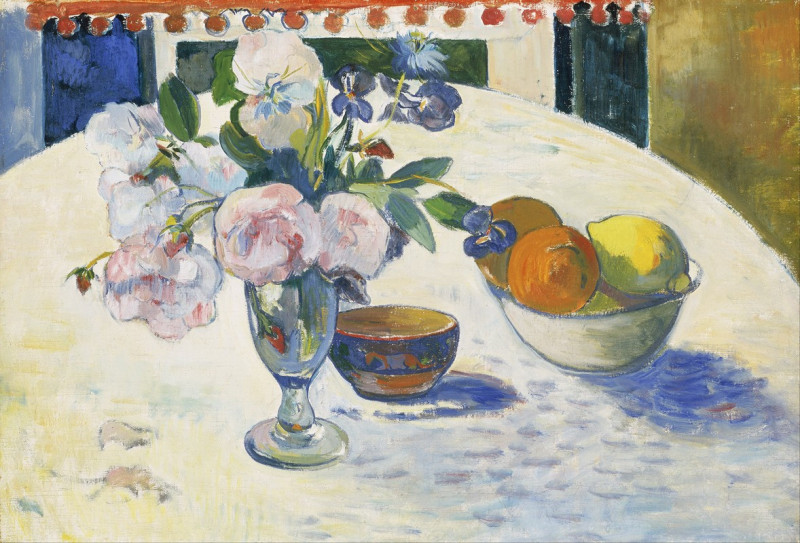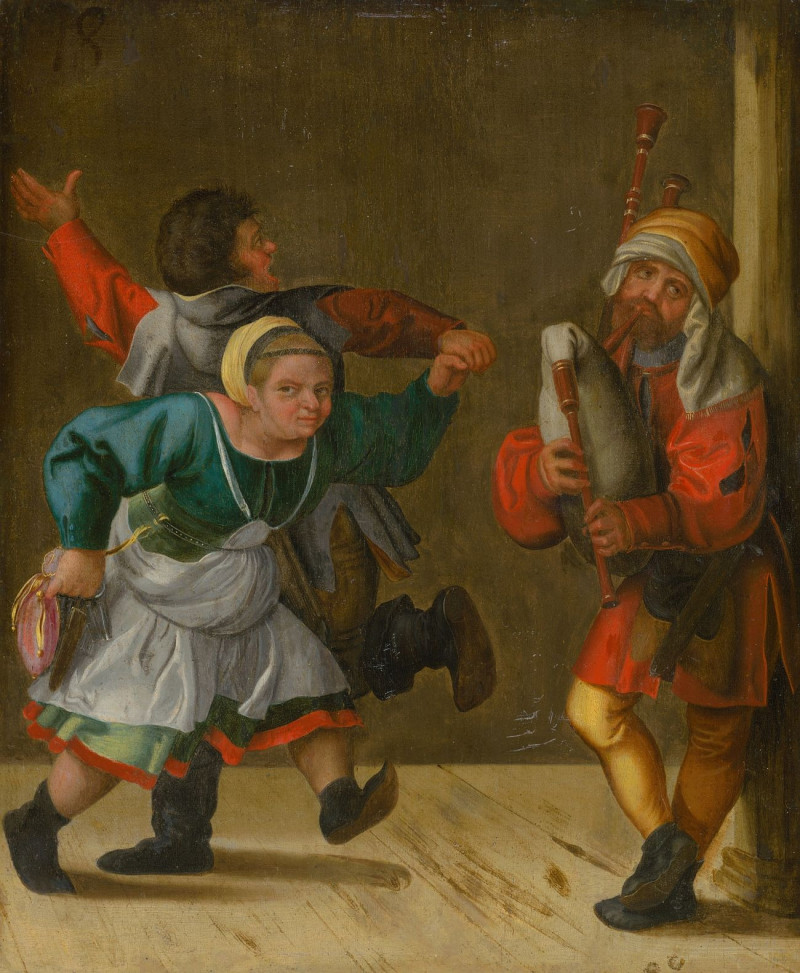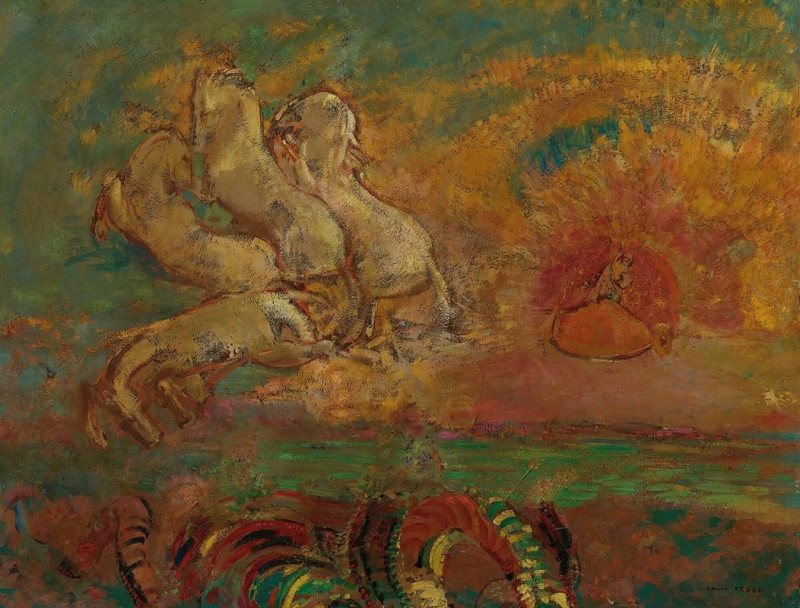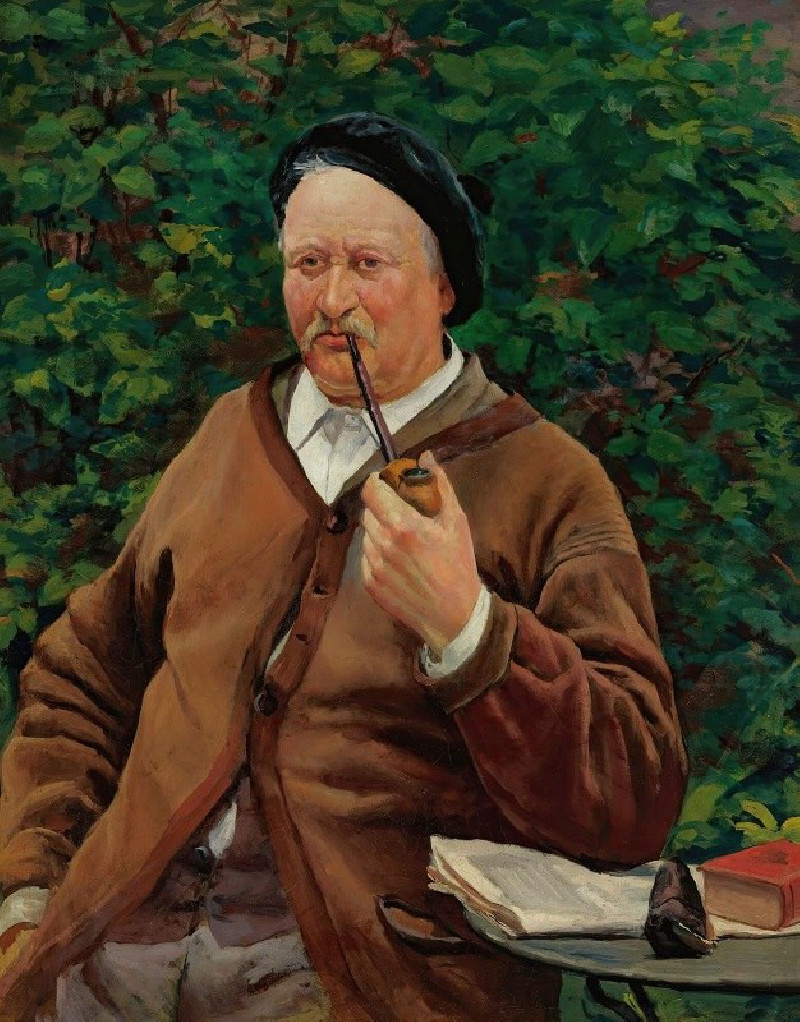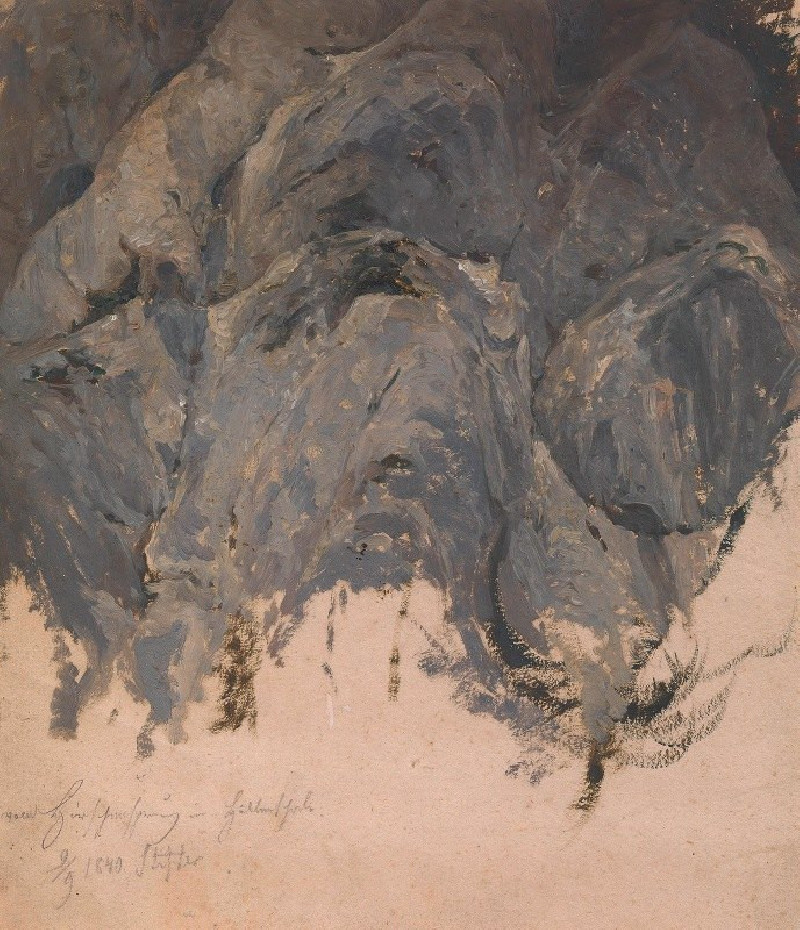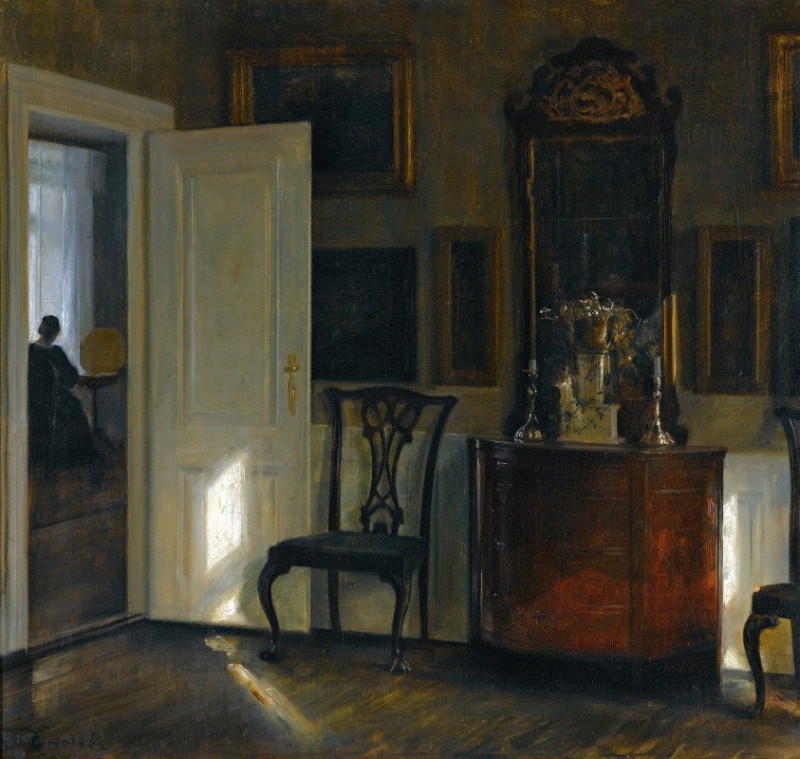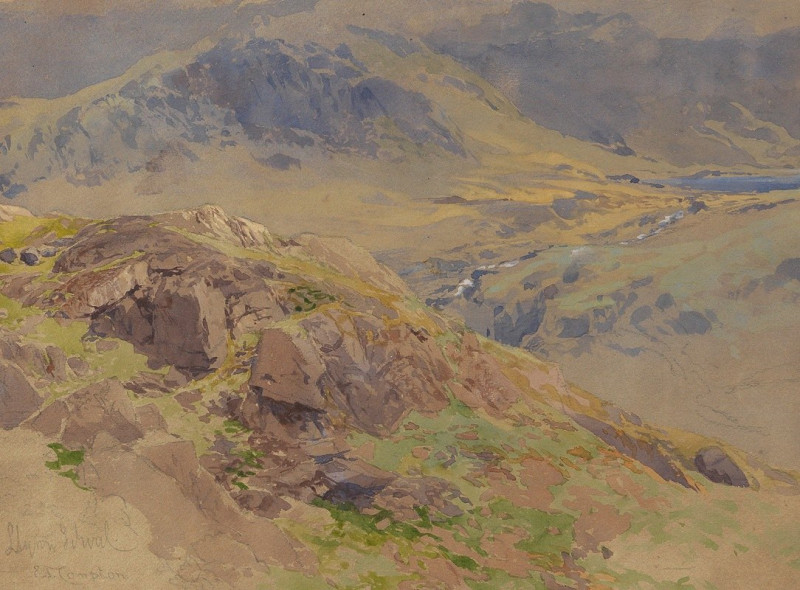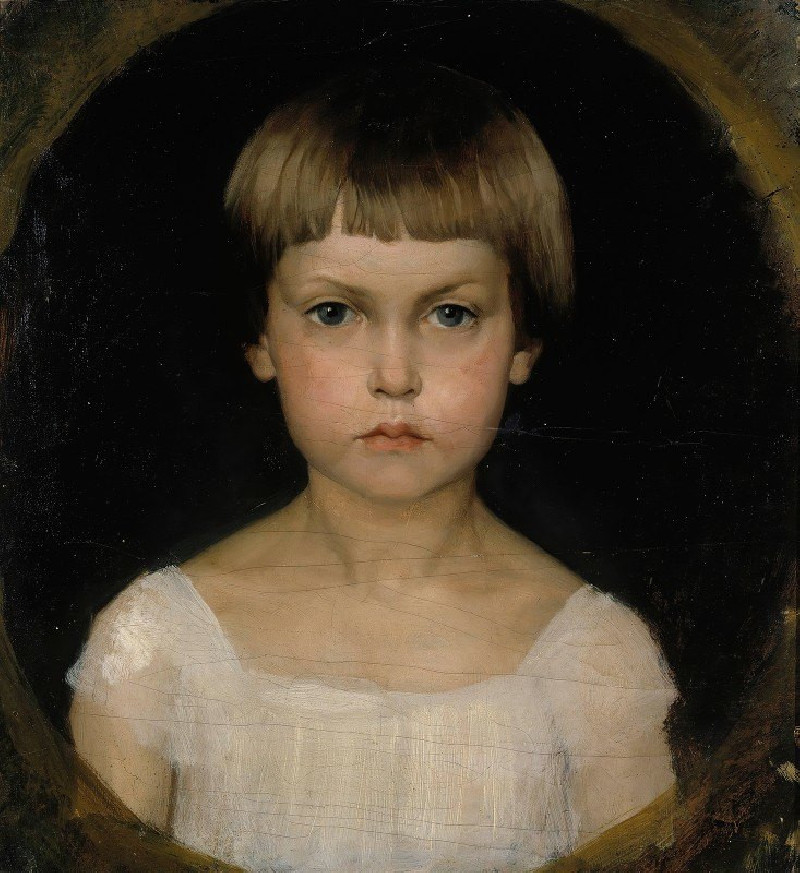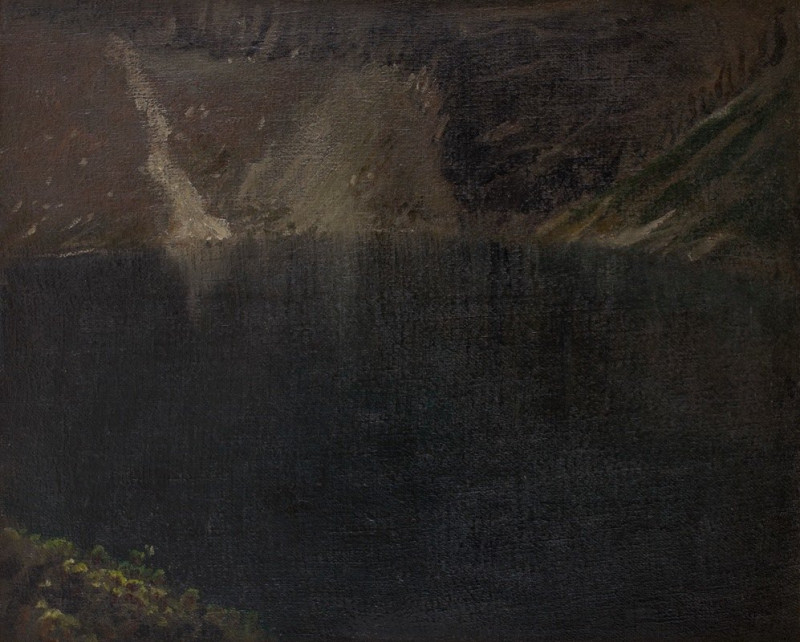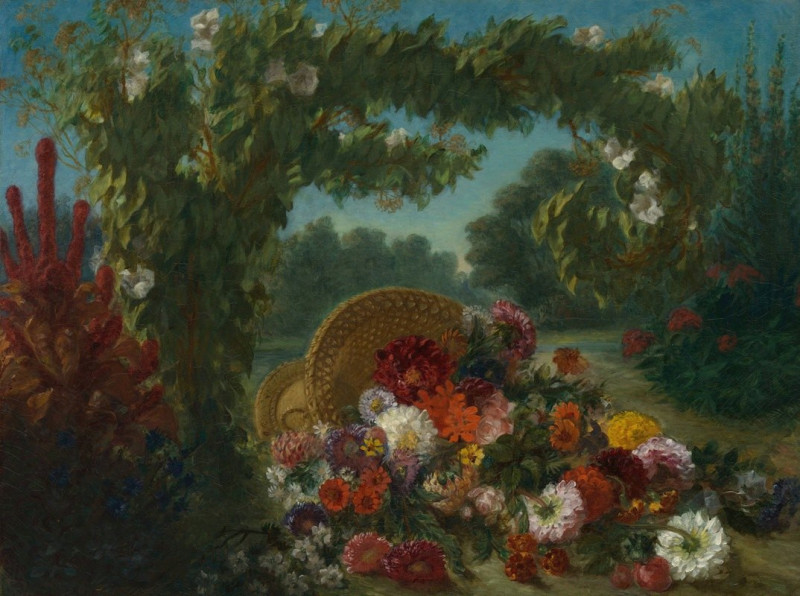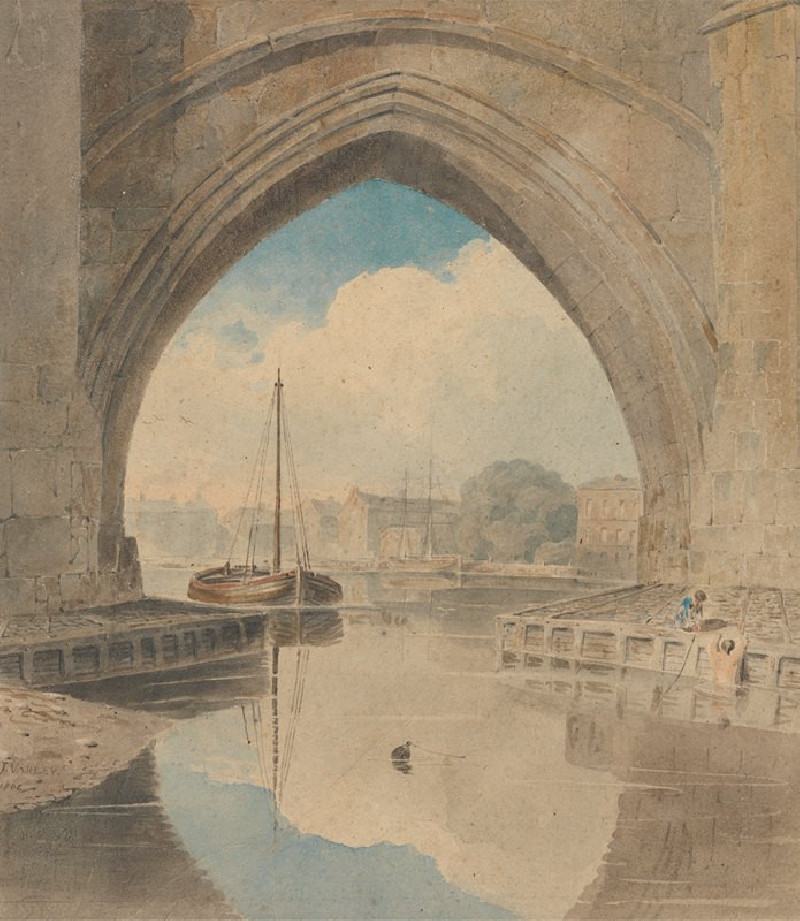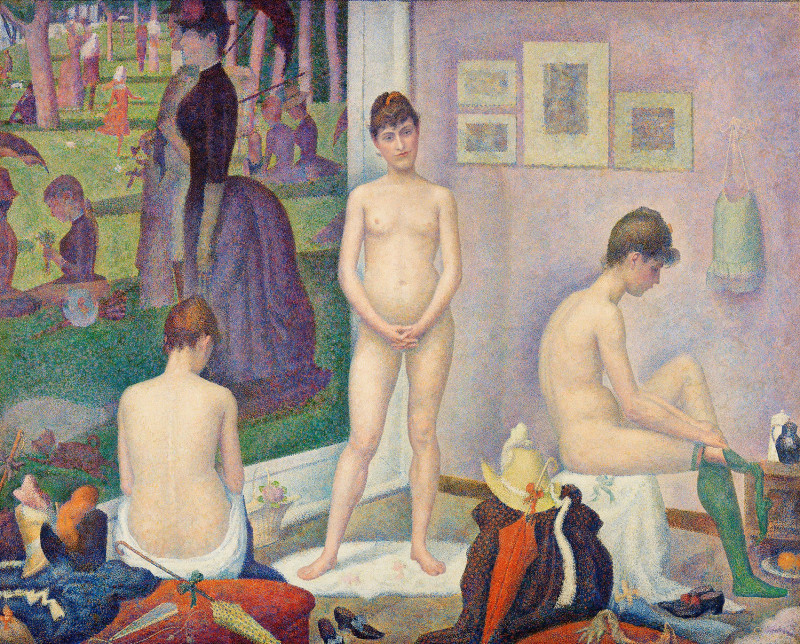Haystacks, Morning, Éragny (1899)
Technique: Giclée quality print
Recommended by our customers
More about this artwork
Step into the serene world of Camille Pissarro's "Haystacks, Morning, Éragny," a remarkable painting created in 1899 that exemplifies the artist's masterful use of light and color. This enchanting landscape, set in the tranquil village of Éragny where Pissarro spent the last two decades of his life, captures the quiet essence of rural France at the turn of the century.In this serene depiction, your eye is immediately drawn to the large, rounded haystacks that dominate the foreground, bathed in the soft, warm light of a morning sun. These haystacks, a common feature in Pissarro’s works, symbolize the connection between man and nature and the cycle of the seasons. Behind them, lush greenery and flourishing trees stretch across the canvas, their dense, textured brushstrokes evoking the vibrancy of the countryside.Notice how Pissarro plays with the dappled sunlight filtering through the trees, creating patterns on the grass and highlighting the naturalistic details of the scene. A figure, subtly integrated into the environment, tends to the tasks of the rural landscape, further emphasizing the harmonious interaction between humans and their surroundings."Haystacks, Morning, Éragny" is not just a visual treat; it is a reflection of Pissarro's dedication to depicting rural landscapes and everyday life with authenticity and affection. Through this painting, Pissarro invites us to appreciate the simple, unembellished beauty of the natural world.We invite you to experience the peaceful allure of this pastoral scene, a testament to Camille Pissarro’s enduring legacy as a father of Impressionism and his profound influence on the art world.
Delivery
Returns
Blessed are they who see beautiful things in humble places where other people see nothing. — Camille Pissarro
Camille Pissarro (1830-1903) was born on St.Thomas (now the US Virgin Islands) to a Portuguese father and a Dominican mother. He went to Paris to study art at Ecole des Beaux-Arts. He was an early pioneer of pointillism and neo-impressionism and later became a mentor of many famous impressionist painters including Cezanne, Manet, Renoir, and Gauguin. His paintings depicted rural and urban French landscapes and lifestyle. Many of his works politically captured images of peasants and laborers. Today, he is considered the father of impressionism.

































